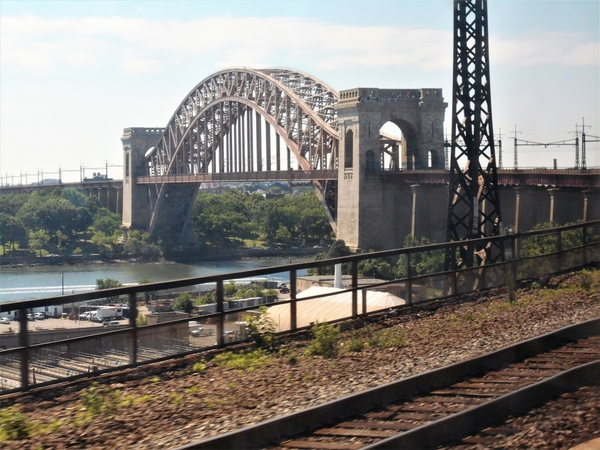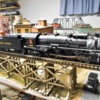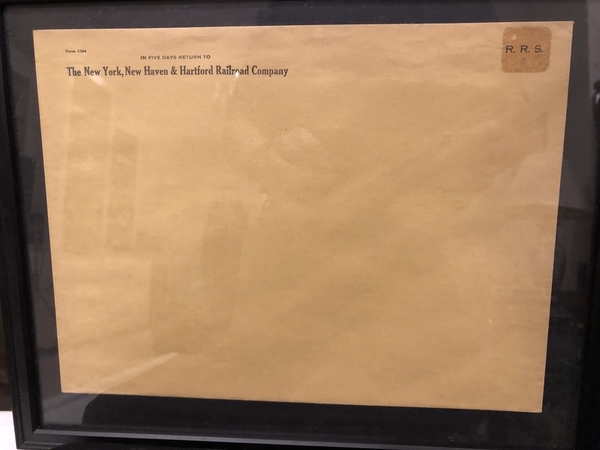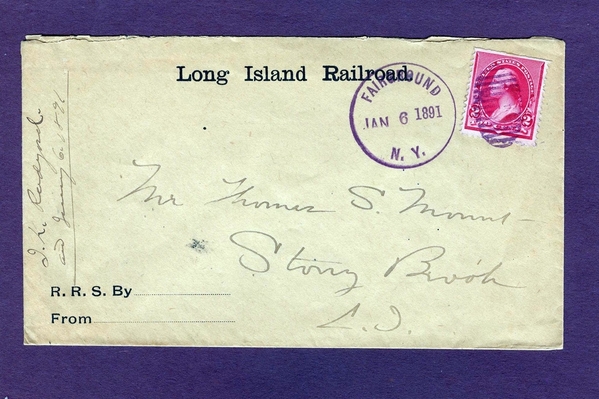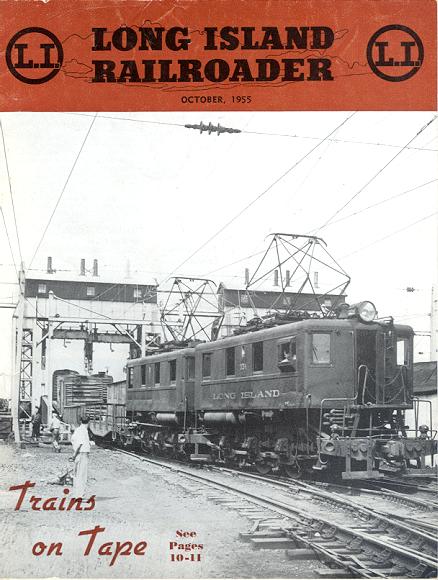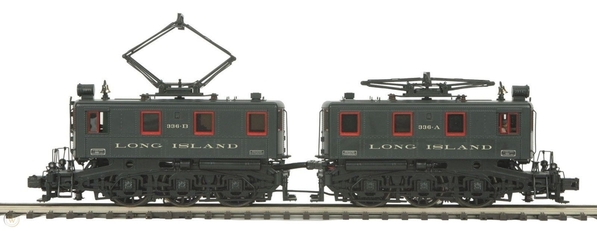briansilvermustang posted:Apples55 posted:
”Amtrak No. 27, formerly New Haven No. 140, built in February 1957
The Roger Williams was a streamlined, six car, lightweight, DMU passenger train, built by the Budd Company in 1956 for the New York, New Haven and Hartford Railroad. The train was based on Budd's successful RDC DMU cars. The end two cars were equipped with streamlined locomotive style cabs and noses, resembling those on the Fairbanks-Morse P-12-42 Diesel locomotives. The four intermediate cars lacked operating controls and cabs.
For operation into Grand Central Terminal, the cars were each equipped with third-rail shoes, and small traction motors, allowing them to operate into the terminal under electric power, with their engines shut down.
After a short period of time in high speed service, the train was split up, and the cars were used in service with the New Haven's other RDCs. They worked for the New Haven, Penn Central, and Amtrak, until the last cars were retired in the 1980s. In the 1970s, Amtrak used several ex-Roger Williams cars on the New Haven–Boston Bay State.
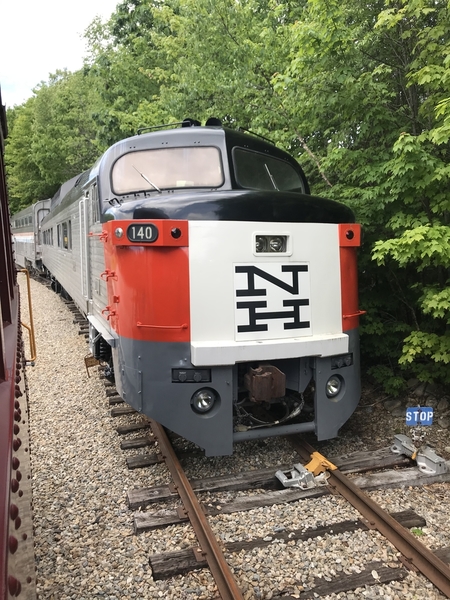 NH #140 now sitting at Hobo RR in Lincoln New Hampshire. I took this photo this past Saturday.
NH #140 now sitting at Hobo RR in Lincoln New Hampshire. I took this photo this past Saturday.








